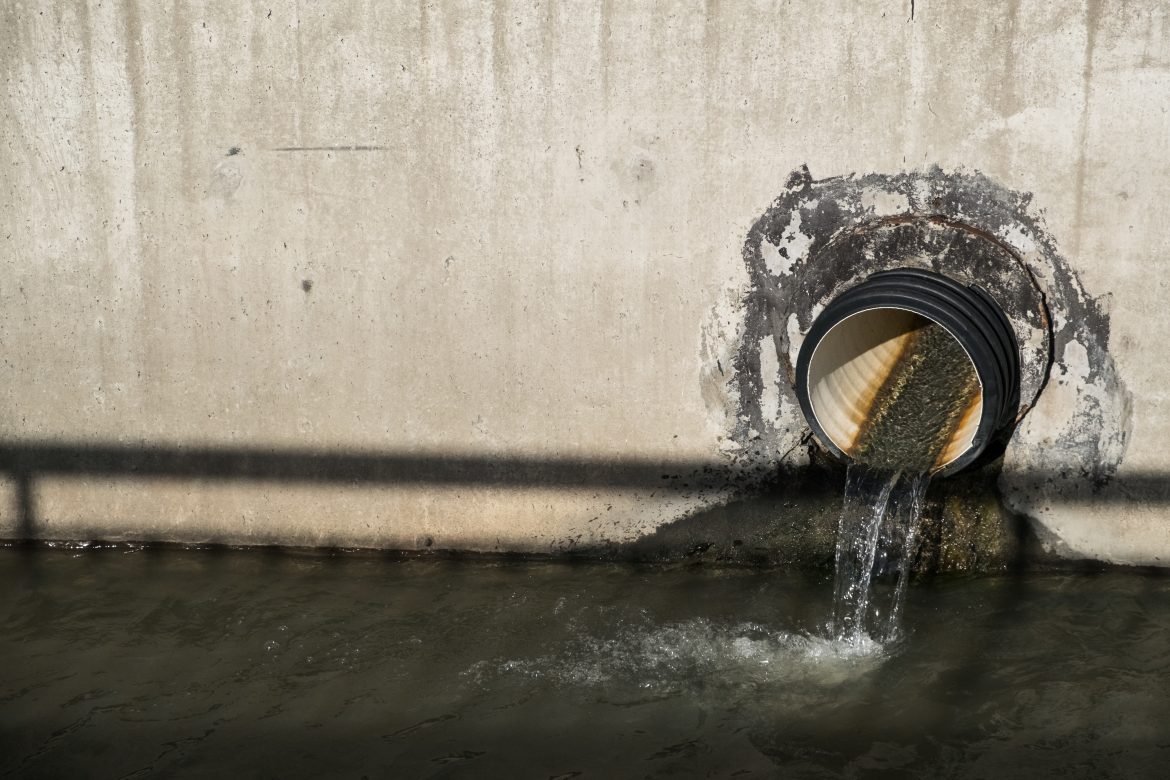Imagine a river filled to the brim with all the toxic materials and waste your city creates. Don’t forget to include the herbicides from farms, the metals from roofs, and the petroleum from cars. Now imagine the rain comes and mixes all of these materials together, letting them overflow into oceans, mingling into the air, merging into the water we use for daily life, watering the soil where we grow what we eat, where your kids play, where your dog lies in the sun. Do you see the effects of this toxic overflow? Many of you are imagining a nightmare, but for those who have already lived through the trauma of a natural disaster, this nightmare is their new reality.
Photo by Michael Appleton for the Daily News Archive via History.com
When Hurricane Katrina crashed against the city of New Orleans, the governor released a statement after that read:
“On behalf of Mayor C. Ray Nagin and the city of New Orleans, welcome home! You are entering the city of New Orleans at your own risk. Standing water and soil may be seriously contaminated; avoid contact.”
Mayor C. Ray Nagin quoted in Spiegel Online’s “Toxic Gumbo”
The area known as “Cancer Alley” where 136 petrochemical plants make their home on the Mississippi River was already battling ‘airborne toxins’ even before the largest hurricane (and third strongest) to hit the US, made landfall in 2005. This year we have already had eight hurricanes and tropical storms and the NOAA’s Climate Prediction Center expects between 9 and 15 ‘named’ storms in total for this season.
Run-off can from industrial sites, plants, homes, fields, and more and occurs when a source of water adds too much liquid than can be absorbed by the soil. Depending on the location, regions will have different chemicals enter their water. For example, areas that have many agricultural plots could see an abundance of pesticides and herbicides if rainfall increases whereas chemical run-off in a city would be industrial pollution and the waste from the millions of people living there. Water can become polluted by lawn pesticides, sediment build-up, metals, cars, and more. Often, there are systems in place to prevent this kind of sewage overflow called watersheds where the water is stored until it can be gradually released into the groundwater or cleaned but with increasingly heavy rainfall, these watersheds can become overwhelmed. Also, with a decrease in the amount of land that is efficient for water absorption, this problem is only getting worse.
According to Pesticide Environmental Stewardship, the factors that most contribute to run-off are the geography of the landscape, the soil moisture content and texture, irrigation techniques, weather, and the type of vegetation that grows there.
When Hurricane Irma hit Florida and Hurricane Harvey hit Texas in 2017, scientists began to form a connection between climate change and increasingly intense hurricanes. They discovered what was named the Clasius-Clapeyron equation which explains that “the air can hold 7 percent more water with every degree Celsius that the temperature rises”. If hurricanes and other natural disasters are increasing rainfall levels and intensity, watersheds are more often overwhelmed leading to overflow into streams, lakes, oceans, and drinking water. If these toxic chemicals stream into the ocean, they are absorbed by the fish and through the food chain, they end up in our bodies.
In an article for the New York Times, EPA science advisor, Dr. Thomas Burke explained that “All of us have a little toxic warehouse under our sinks, in our garages, and maybe in the construction materials of our homes. When you do demolition in this country, there’s a series of local laws to control contaminants. But when a neighborhood burns down, there’s no asbestos control. There’s no ability to really control the hazardous materials.”
Many scientists involved with the National Institute of Health are furiously studying the effects on health and environment systems following natural disasters like hurricanes and wildfires. It is important to reduce waste as much as possible and to use natural products to replace harmful chemical treatments, especially at the level of farms and fields. In cities, we can pressure lawmakers for increased watershed spaces such as city parks and healthy soil practices. The most important thing is to advocate for your community and be aware of the materials used around you.
 Food
Food Farmers
Farmers Sustainable Living
Sustainable Living Living Planet
Living Planet News
News